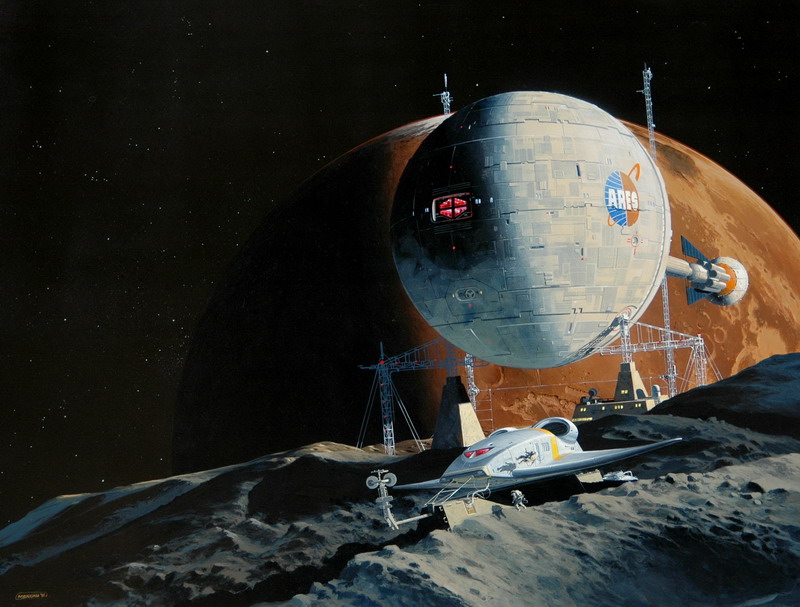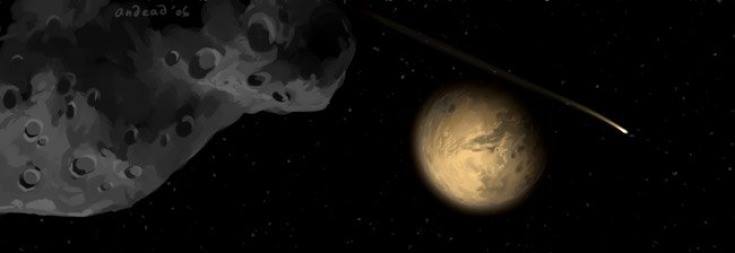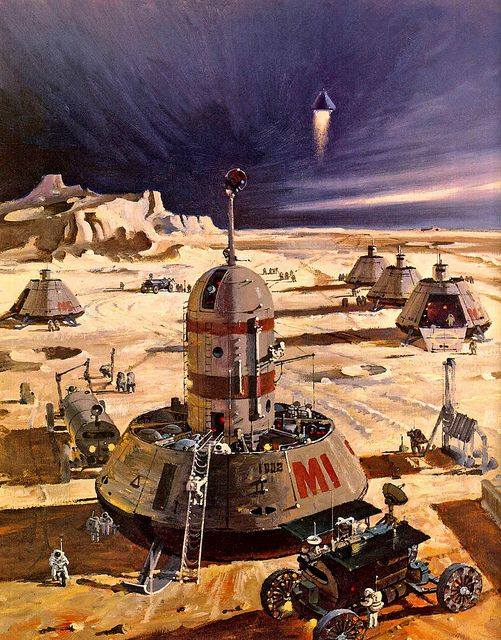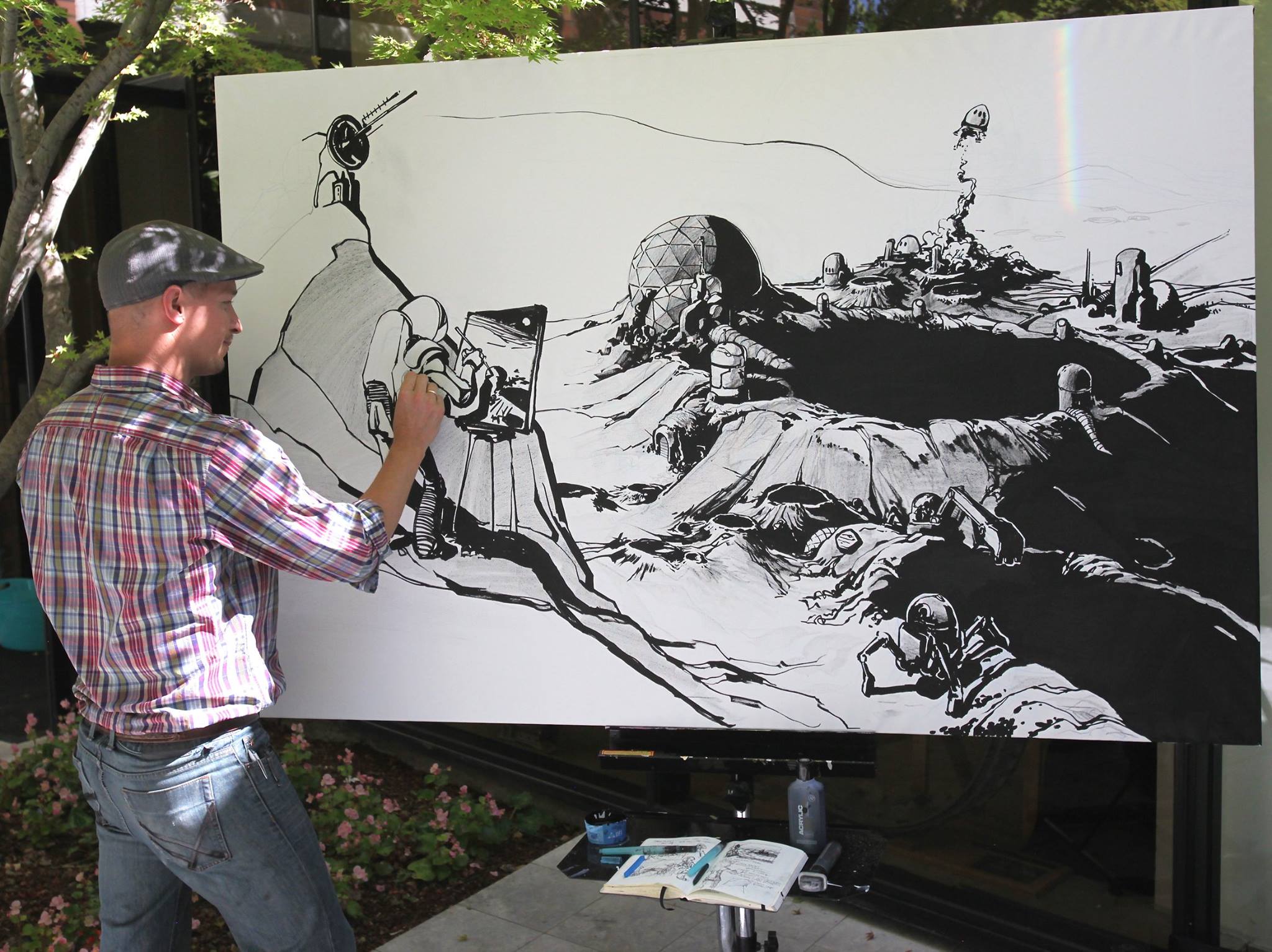
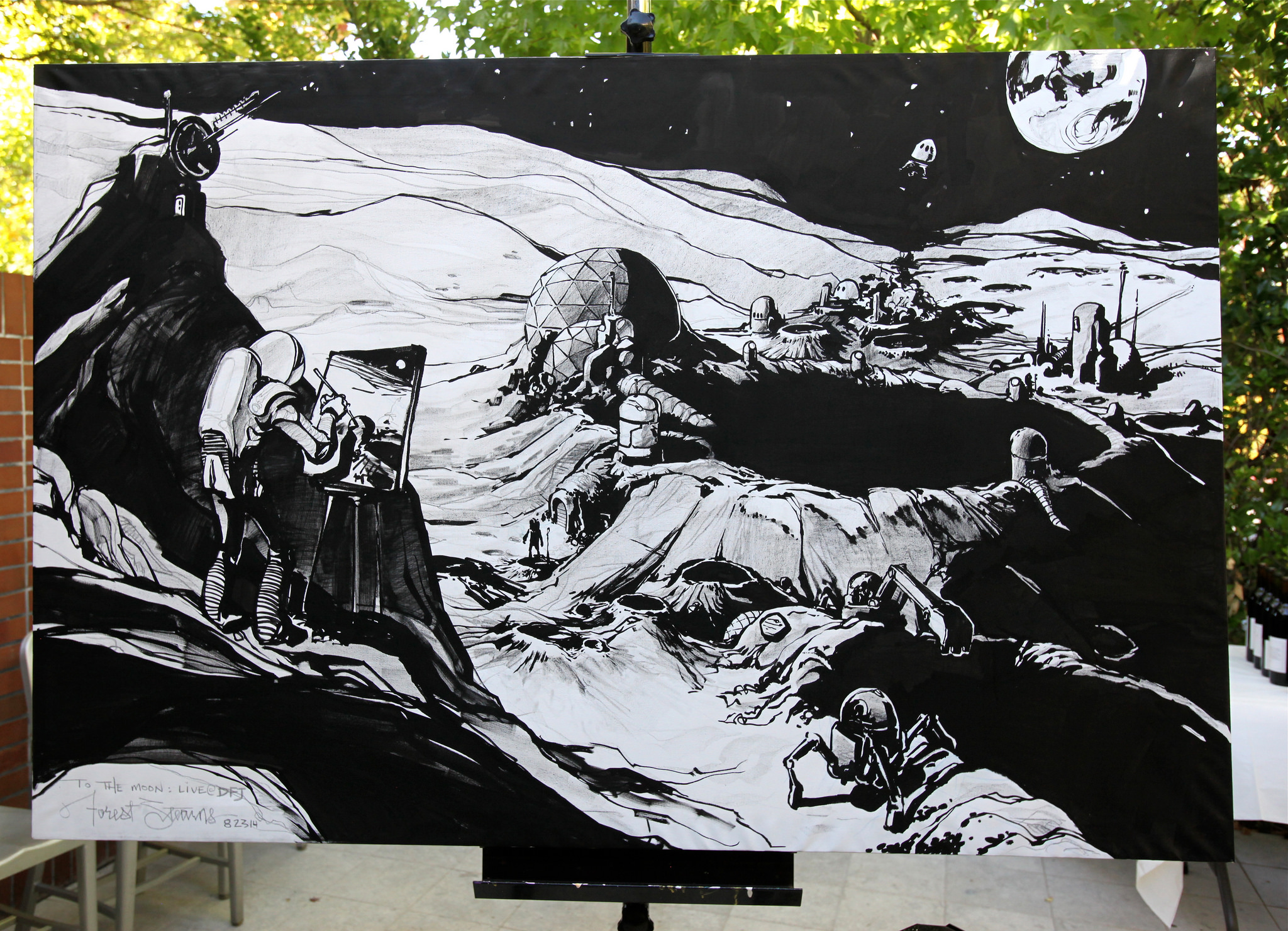
“Could a single wealthy individual decide to finance the establishment of a permanent human lunar settlement?
We gathered a wide array of domain experts at DFJ — from NASA, commercial space companies, tech execs, academia, space societies and Apollo astronauts — to integrate the rapid advances in various fields and the isolated pockets of expertise. We concluded that an economically self-sustaining lunar base could be established for $5 billion. Not only could this be achievable within current space program budgets, it offers the tantalizing possibility that a single passionate individual could fund the entire program (think Page or Bezos).
The cost estimate is surprising and significant for the space community, about 10-100x lower than commonly believed. Cost drivers include: SpaceX every-day-low-prices posted online for planning, abundant water (especially at the poles, for life support and hydrolyzation into fuel), areas of near-continuous sunlight (for PV) and shade (for thermal management), 3D-printing of structures for ISRU (in situ resource utilization), inflatable habitats, a rail gun to send water to LEO, and various other advances in commercial space price points. We also assumed a commercial space approach, where the base needed to be economically self-sustaining once established.
Going into the meeting, a sizeable portion of cost and time was allocated to the presumed need to send several scouting sorties before finalizing the ideal base location. But one of the participants from NASA Ames offered that he knew exactly where to land — the lip of Peary crater at the lunar pole — because he had spent decades studying the maps and analyzing the data from missions like the recent LCROSS and Indian Chandrayaan missions. For example, our moon has 600 million tons of relatively pure frozen water at the North Pole. That is a game changer. Prior to 2009, most lunar base forecasts had to factor the insanely expensive transport of water from Earth.
From our first meeting came a Bill before congress (H.R.4752), and a special issue of New Space summarizing the results: http://online.liebertpub.com/toc/space/4/1
Here is an overview article by Bruce Pittman and Lynn Harper from NASA that lays out how SpaceX launch costs are a critical enabler. http://online.liebertpub.com/…/pdfp…/10.1089/space.2015.0031
Abstract: “A workshop was held at venture capital investment house, Draper-Fisher-Jurvetson (DFJ), organized by Steve Jurvetson of DFJ. The workshop, titled Low Cost Strategies for Lunar Settlement, brought together about 50 scientists, engineers, executives, and entrepreneurs with significant backgrounds and interests in lunar exploration and development, including a number of NASA and former NASA personnel and an Apollo 11 astronaut. The group was assembled to answer the question: Is it possible to have a permanent human lunar settlement of about 10 people on the Moon by 2022, for a price tag of $5 billion or less? The surprising consensus answer to this question was a qualified Yes, under the right organizational and funding conditions. There were no technical showstoppers and a great deal of the technologies needed were either on the shelf or could be developed in a relatively short period of time using contemporary techniques.”
And here is the detailed analysis of the ideal moon base location by Dennis Wingo: http://online.liebertpub.com/…/pdfp…/10.1089/space.2015.0023
Did you know that on an elemental basis, the moon is 40% oxygen? (mostly bound in metal oxides)
Here are the notes and policy recommendations recently published from our follow-up meeting: http://www.thespacereview.com/article/3114/1
Big thanks to Will Marshall, CEO of Planet, for chairing the session, and to the fellow brainstormers here on FB: Peter Diamandis, Esther Dyson, John Cumbers, Erika Ilves, Robert Richards, Robbie Schingler, Pete Worden and Aldrin and Schweickart from Apollo, George Whitesides from Virgin Galactic, Alexandra Hall, and Mars Czar Scott Hubbard, as well as the government representatives from every NASA facility, OSTP, and ESA.”
Press and Images: http://www.dailymail.co.uk/…/Could-living-moon-2022-Nasa-sc…
http://www.universetoday.com/…/moonbase-2022-10-billion-sa…/
http://www.popsci.com/colonizing-moon-may-be-90-percent-che…


